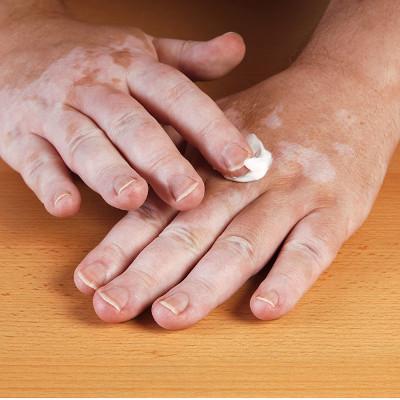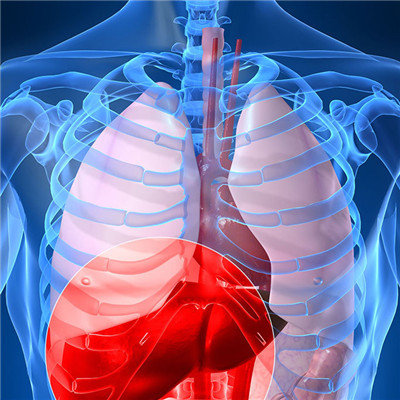How to check for heavy metal poisoning?
summary
Heavy metals are metal impurities that can react with thioacetamide or sodium thiosulfate to develop color under experimental conditions. There are many opportunities to encounter lead in production, and lead is easy to accumulate and poison in the body, so lead is the representative in the inspection. Heavy metals affect the stability and safety of drugs. There are four methods in the appendix of Chinese Pharmacopoeia 95 edition
How to check for heavy metal poisoning?
1. Pb2 + + H2S → PBS ↓ + 2H +: it is suitable for drugs dissolved in water, dilute acid and ethanol, and is the most commonly used method. Principle: thioacetamide is hydrolyzed under weak acid condition to produce hydrogen sulfide, which forms yellow to brownish black sulfide suspension with heavy metal ions. The color of thioacetamide is compared with a certain amount of standard lead solution after the same treatment. The suitable range of colorimetry is 10-20 μ GPB / 35ml, pH value has a great influence on the color.

2. It is suitable for organic drugs containing aromatic rings, heterocycles and insoluble in water, dilute acid and ethanol. Heavy metals can form stronger valence bonds with aromatic rings and heterocycles, which can be destroyed by burning first to free heavy metals, and then checked according to the first method. Sulfuric acid is used as the organic destructive agent and the temperature is 500 ~ 600 ℃. The residue was further destroyed by nitric acid and evaporated to dryness. The results were compared with the control test.

3. It is suitable for drugs that are soluble in alkali but insoluble in dilute acid or precipitate in dilute acid. Using sodium sulfide as chromogenic agent, PBS particle suspension was formed by the interaction of Pb2 + and S2 -, and the color of PBS particle suspension was compared with a certain amount of standard lead solution after the same treatment. Sodium sulfide is corrosive to glass, so it should be used in the near future.

matters needing attention
Microporous membrane method. It is suitable for 2-5 μ G heavy metal impurities and colored test solution inspection. When the limit of heavy metals is low, it is difficult to observe with Nessler's colorimetric tube, and the heavy metal sulfide is precipitated on the filter membrane to form color spots after filtering with microporous filter membrane. Compared with the standard lead spot, the detection sensitivity can be improved.

















